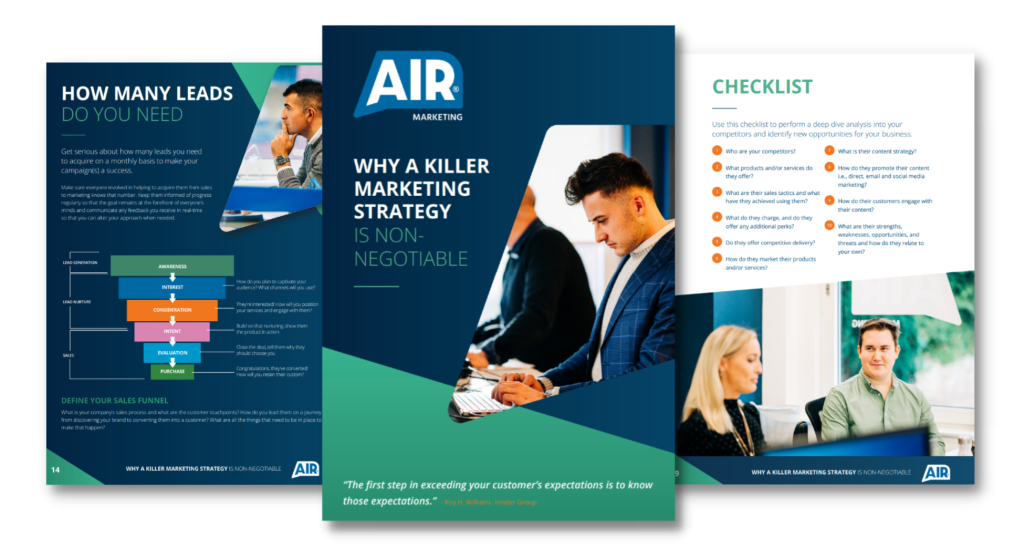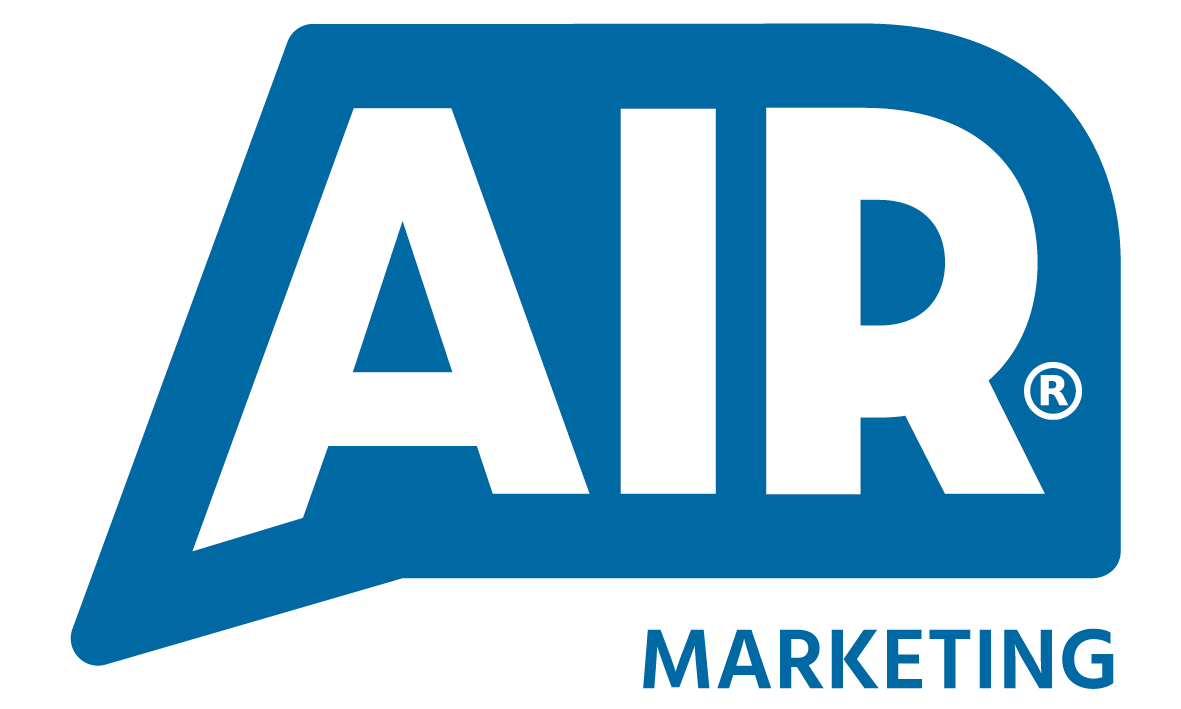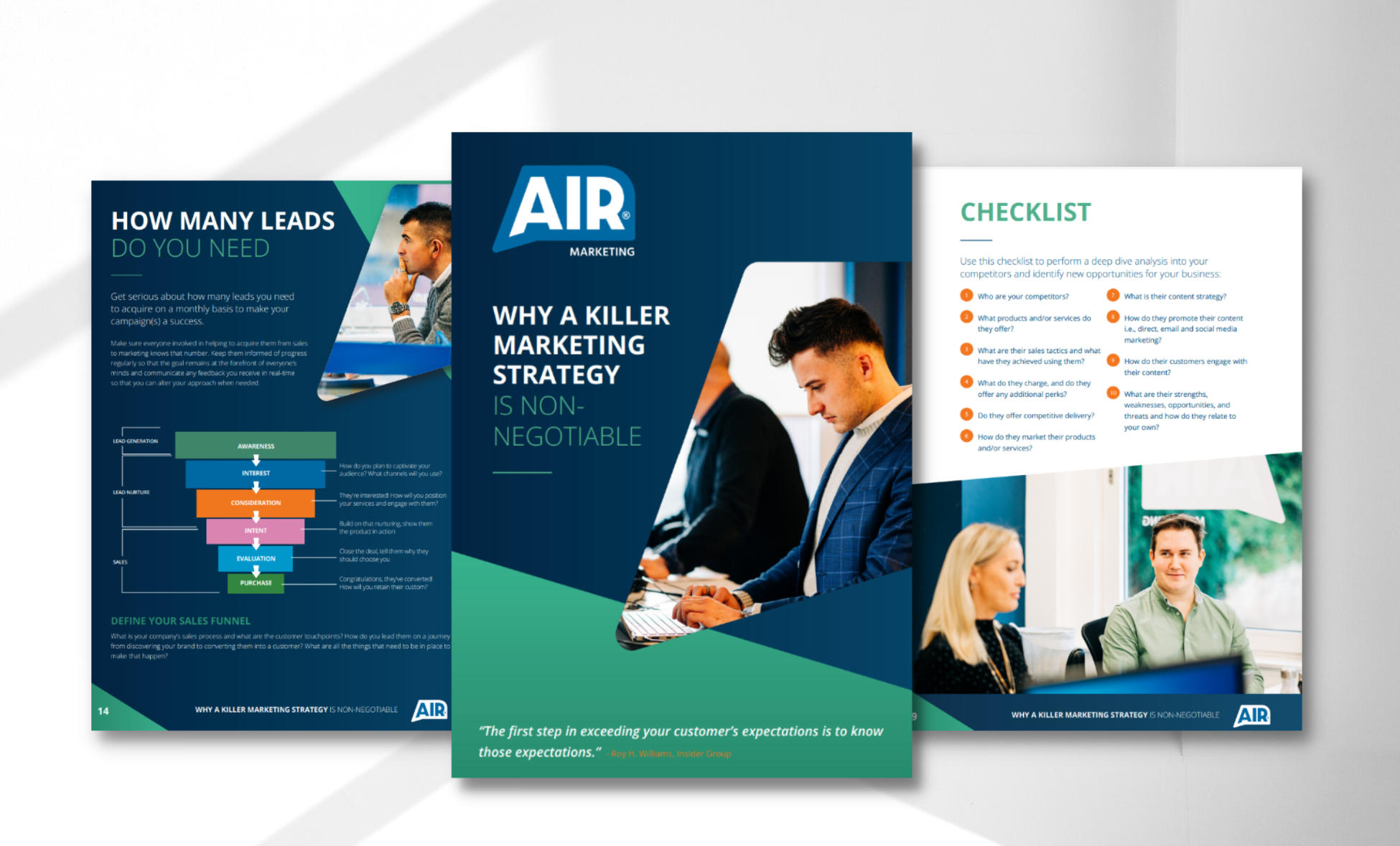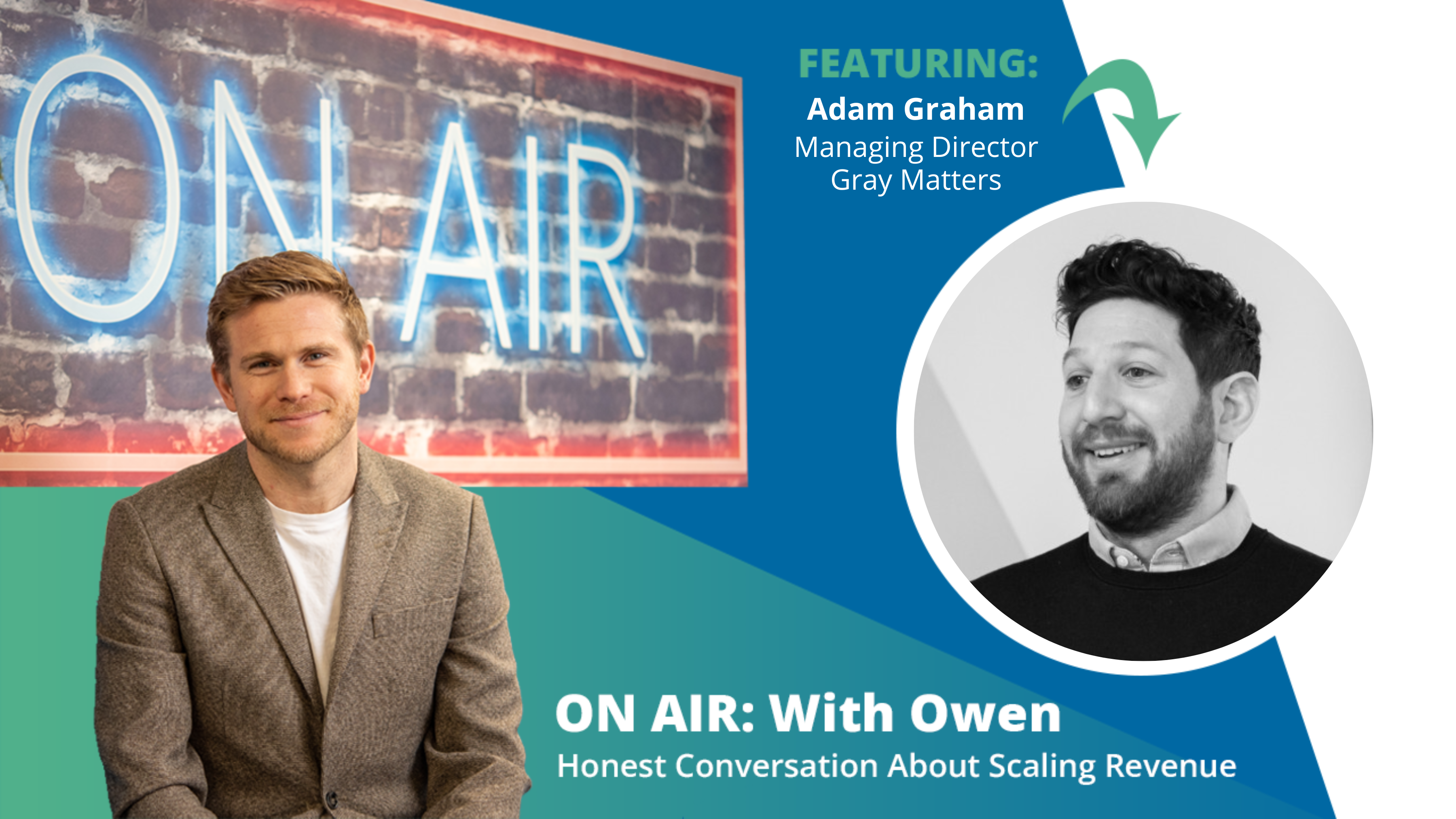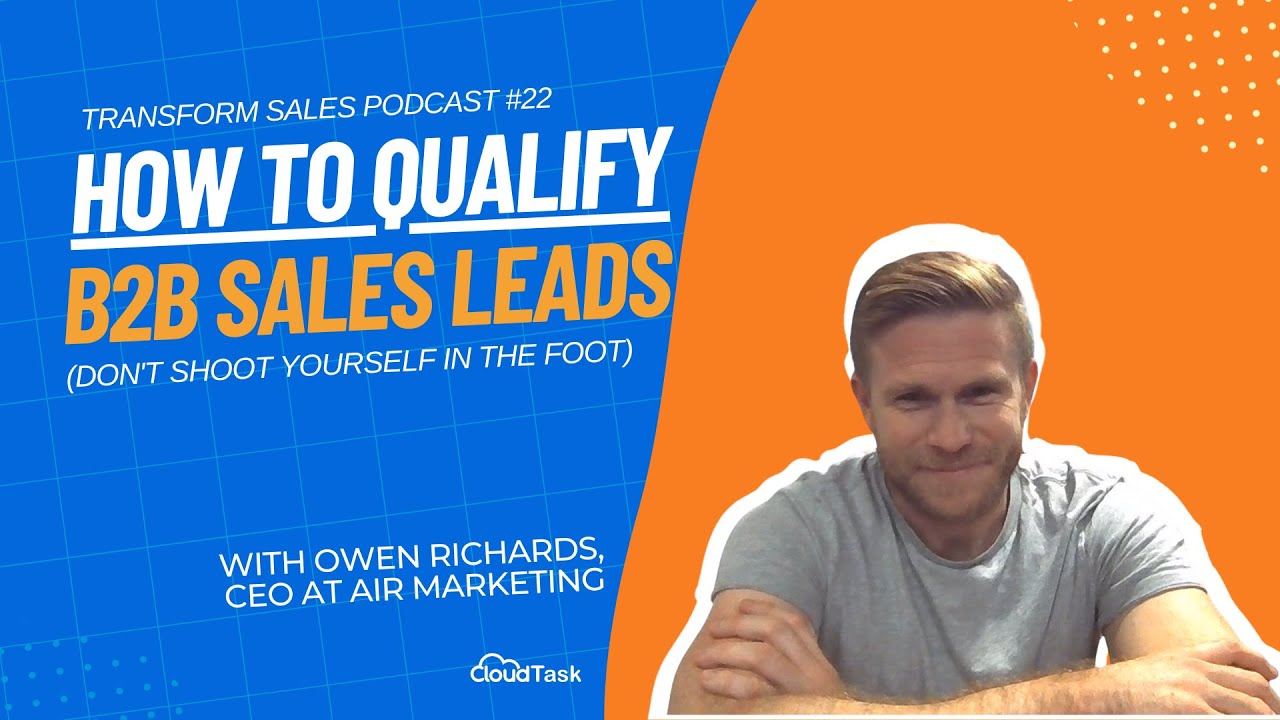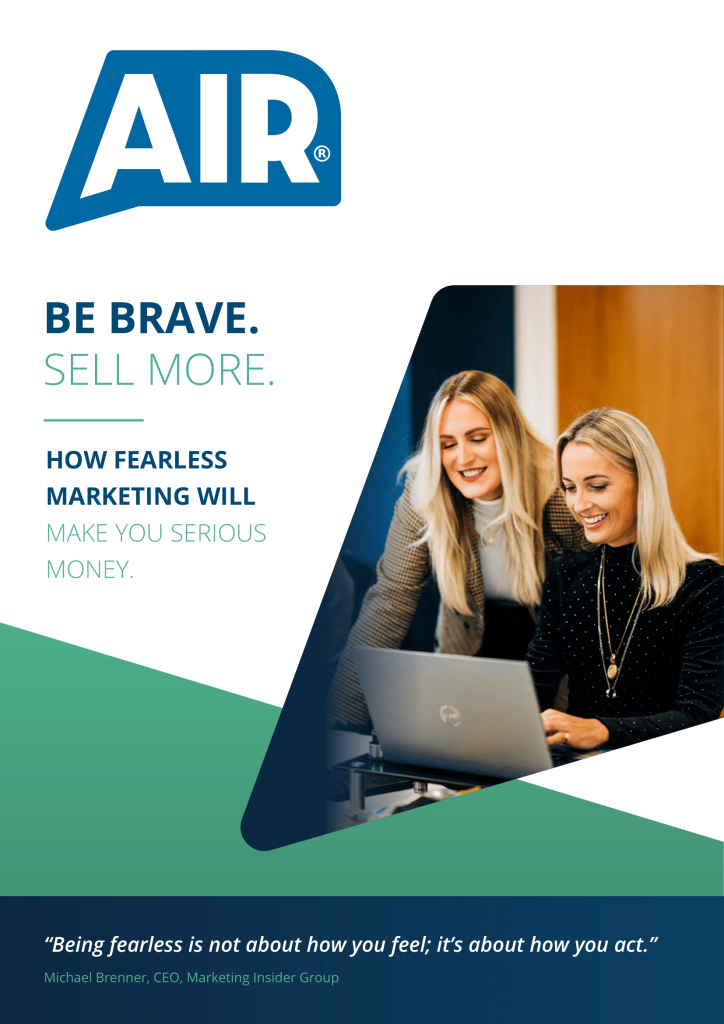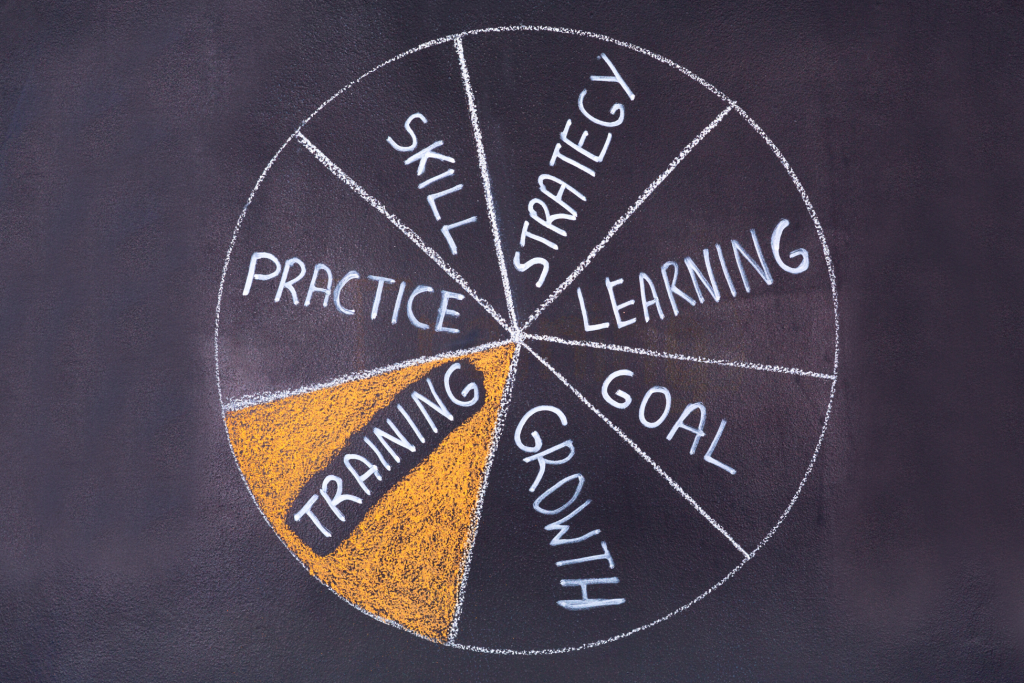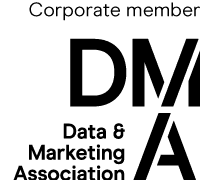There is a long-standing debate raging among sales professionals – which is more effective, social selling or cold calling? To me, the answer is simple.
Now, I am not going to bore you to death with stats which, depending on who you speak to, can be validated both ways. Instead, I’m going to give you some insight that I have gained as a Sales Professional who has sat on both sides of the fence, sometimes stuck in the middle, for over a decade.
So, my insight:
Logging into a webinar recently, I watched keenly as the debate in discussion swung from side to side, with each team offering their opinions. On one side, the UK’s top social seller and on the other, a Canadian based CMO from a well-known Sales Engagement Platform provider and advocate of cold calling. Both camps provided stats to back up their arguments, making it a close call. Although either could have come out on top, in my opinion, cold calling won this round. However, was this down to the geographical benefit of the stats, a more engaging presentation or more tangible evidence? I’m still unsure.
Since this debate, I’ve viewed multiple posts, blogs and podcasts to try and determine a winner for myself. I came across a recent Hubspot blog which appeared to settle the debate in favour of social selling, boldly stating that prospective customers and sales people alike “hate” cold calling. The blog consisted of impressive conversion figures, with the origins of these stats referenced, however, what is often left unclear is the industry, target, sales cycle, resource or end result of these stats origin. Without knowing the full picture, how can we possibly judge what is best for our businesses?
My background includes an enjoyable period as an Event Manager, assisting in the growth of the largest sales and marketing expo in Europe. At this event, exhibitors included direct sales people, cold callers and, what appeared to be, the more passive social sellers. All evidenced by the solutions which they were there to present. There has always been one impression that stuck with me after this event. Whilst the direct sellers had a constant sense of energy and approached any delegate who came within talking distance, the social sellers would wait to be approached – usually sat on their mobile phones. I’ll leave it to you to conclude whose stands were busier…
Now, it seems that these characteristics are commonplace, as shown to me by a recent experience. A well-known, international sales trainer recently posted on LinkedIn, “I have an associate looking for support in their telesales process.” The post had received dozens of comments and recommendations, however, with the benefit of having their phone number, I picked up the phone and introduced Air, asking how we could help. I was astounded to find out that from a 2-day old post requesting TELESALES SUPPORT I was the first person to pick up the phone and call. Now, yes, I was connected to and known by this person through social media, we’d swapped some niceties and a few messages which supported our conversation, but I was the only person to call and actually have a conversation! Whilst multiple people had attempted to social sell, guess what? The prospect wanted a conversation and, funnily enough, I was the only one introduced to their associate.
If this doesn’t settle the debate, I don’t know what will… it pays to use both!
Both cold calling and social selling have their place, it’s not really a matter of which one is better. When used together, they maximise the effectiveness, reach, efficiency and quality of your process. Each prospective client will buy in a different way and their more likely to notice your company if you get on their radar in 2 or 3 different ways. Any marketeer or sales professional worth their salt will tell you that a multi-channel, multi-touch approach will always maximise effectiveness.
Here at Air, we have multiple ways to win new business for ourselves and our clients. We run targeted email campaigns, sponsored LinkedIn mails, Facebook ads, engage traffic using IP trackers, networking events and referral channels. I will social sell, but I will still pick up the phone and cold call too. One shameless stat I will give you is that we’ve seen 257% growth in a year. We’re an award-winning company who are about to go through our second office move in less than 12 months due to increasing demand and our work with well-known household brands. And do you know why? Because wherever our clients and their customers are, and however they like to buy, we ensure we’re there too. Simple.
If you would like to discuss how we can help your business, give us a call: 0345 241 3038, or email: contact@air-marketing.co.uk.
Opinion Piece by Simon Murthwaite, Sales Director, Air Marketing Group
